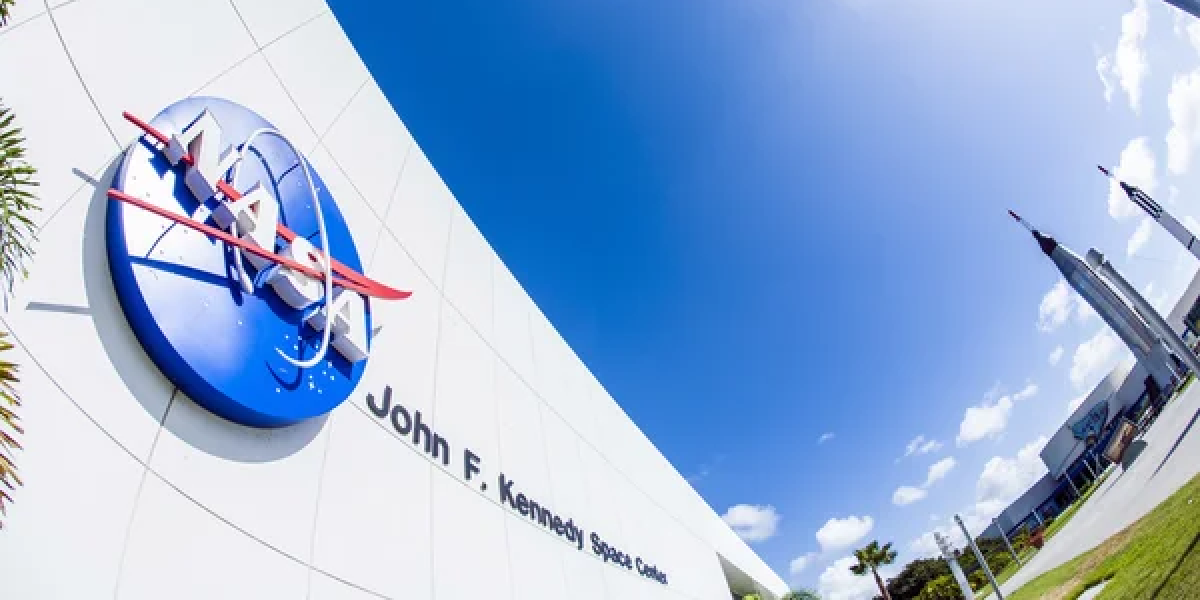…
NASA just launched a craft intended to survey all the water on the Earth’s surface. The International Surface Water and Ocean Topography (SWOT) mission left the Earth using a Falcon 9 rocket.
The mission has several stages. And the first phase of the SWOT mission has just landed on Earth. SWOT is a cooperation between NASA and the Centre National d’Études Spatiales, a French space agency. The mission will try to assess the Earth’s water status and measure the seas’ height and the freshwater on Earth. Both space agencies have independently monitored the situation of the world’s water. However, with SWOT, the chances of expanding the discovery have become two-fold.
“The SWOT spacecraft launched atop a SpaceX rocket from Space Launch Complex 4E at Vandenberg Space Force Base in California with a prime mission of three years. The satellite will measure the height of water in freshwater bodies and the ocean on more than 90% of Earth’s surface. This information will provide insights into how the ocean influences climate change; how a warming world affects lakes, rivers, and reservoirs; and how communities can better prepare for disasters, such as floods,” said NASA in a press release.
“Warming seas, extreme weather, more severe wildfires – these are only some of the consequences humanity is facing due to climate change,” said Bill Nelson, NASA administrator.
“The climate crisis requires an all-hands-on-deck approach, and SWOT is the realization of a long-standing international partnership that will better equip communities so they can face these challenges,” Nelson explained.
Read Also: Avatar 2 Slated for a Record-Breaking Release
The SWOT mission
The findings of the SWOT mission will substantially help scientists assess the relationship between the amount of water on Earth and other water-related phenomena. NASA said that SWOT would pave the way for understanding the releationship between the Earth’s atmosphere and the ocean in terms of heat exchange. It would also aid them in explaining the acceleration of heat.
“We’re going to be able to see things we just could not see before,” added Benjamin Hamlington from the Sea Leval and Ice Group.
“We’re going to be able to track the movement of water around the Earth between ocean and land, be able to make some of these connections and really understand where water is at any given time. This is critical because we know that the water cycle is accelerating with climate change. What this means is that some locations have too much water, others don’t have enough,” he added.
“We’re eager to see SWOT in action. This satellite embodies how we are improving life on Earth through science and technological innovations. The data that innovation will provide is essential to better understanding how Earth’s air, water, and ecosystems interact – and how people can thrive on our changing planet,” said the director of NASA’s Earth Science Division, Karen St. Germain.
Studying the Earth’s climate
According to NASA, SWOT is the fruition of NASA’s long-time goal for a multi-agency program that targets the climate. NASA and CNES have gathered vital information about the seas since the 1980s. However, the collaboration brings in another technology that would propel the study even more.
“This collaboration pioneered the use of a space-based instrument called an altimeter to study sea level with the launch of the TOPEX/Poseidon satellite in 1992,” explained NASA.
“This mission marks the continuity of 30 years of collaboration between NASA and CNES in altimetry. It shows how international collaboration can be achieved through a breakthrough mission that will help us better understand climate change and its effects around the world,” said the director of the CNES Orbital Systems and Applications, Caroline Laurent.
“SWOT will provide vital information, given the urgent challenges posed by climate change and sea level rise. That SWOT will fill gaps in our knowledge and inform future action is the direct result of commitment, innovation, and collaboration going back many years. We’re excited to get SWOT science underway,” added Jet Propulsion Laboratory director of NASA Laurie Leshin.
Read Also: Delta Projects a Profitable 2023
One success after another
Earlier this month, NASA made progress with its Artemis I mission. NASA did the mission to gather vital information for future manned travel to the Moon. Using the Orion spacecraft, NASA made several rounds around the Moon and will make their way back to Earth. Orion only has a dummy aboard, specially made to gather information in support of life in space. The Artemis mission will also lay out the rocket’s trajectory which will be the same for future Artemis missions.
“The biggest test after the launch is the reentry because we want to know that that heat shield works at about 5,000 degrees Fahrenheit (2,760 degrees Celsius), almost half as hot as the sun, coming in at 32 times the speed of sound (nearly 40,000 kilometers per hour),” said NASA Administrator Bill Nelson.
“Well, for once, I might be speechless. I have talked a lot about appreciating the moment that you’re in. And we have worked hard as a team. You guys have worked hard as a team to this moment. This is your moment,” said Charlie Blackwell-Thompson, the launch director of the mission.
“As we embark on the first Artemis test flight, we recall this agency’s storied past. But our eyes are focused not on the immediate future but out there,” Nelson said months ago.
“It’s a future where NASA will land the first woman and the first person of color on the Moon. And on these increasingly complex missions, astronauts will live and work in deep space. And we’ll develop the science and technology to send the first humans to Mars.”






